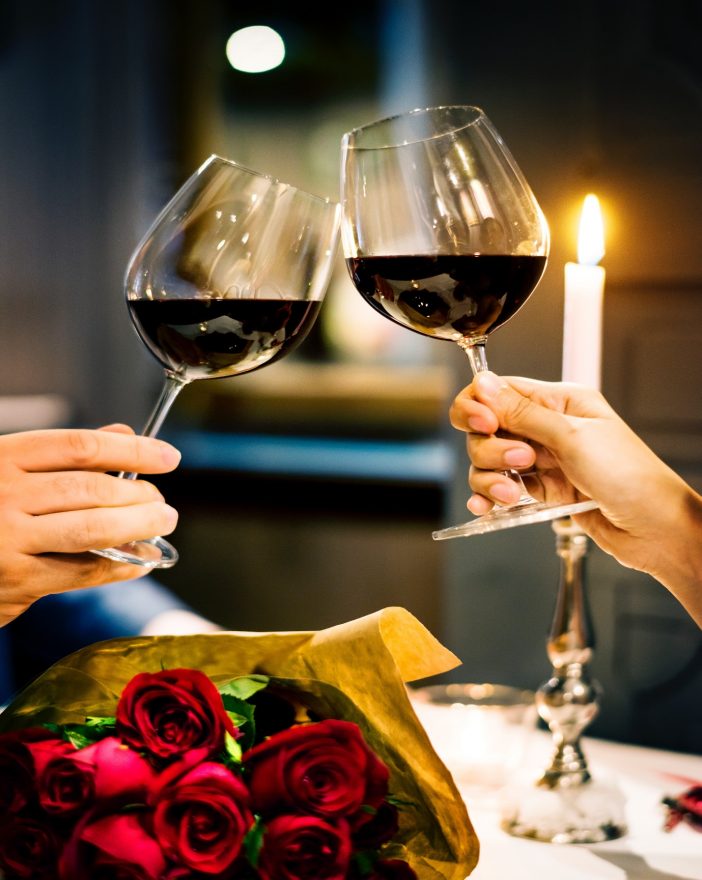Most wine enthusiasts know that sunlight during the storage of wines is not a good thing, but few of us really understand why. Why does sunlight damage wine? Sunlight damages wine through a process known as photodegradation, which involves the interaction of light with the chemical compounds in wine. This process will usually lead to […]
Read more >








